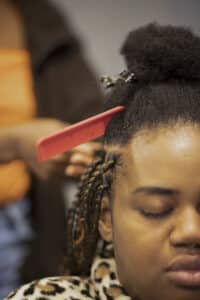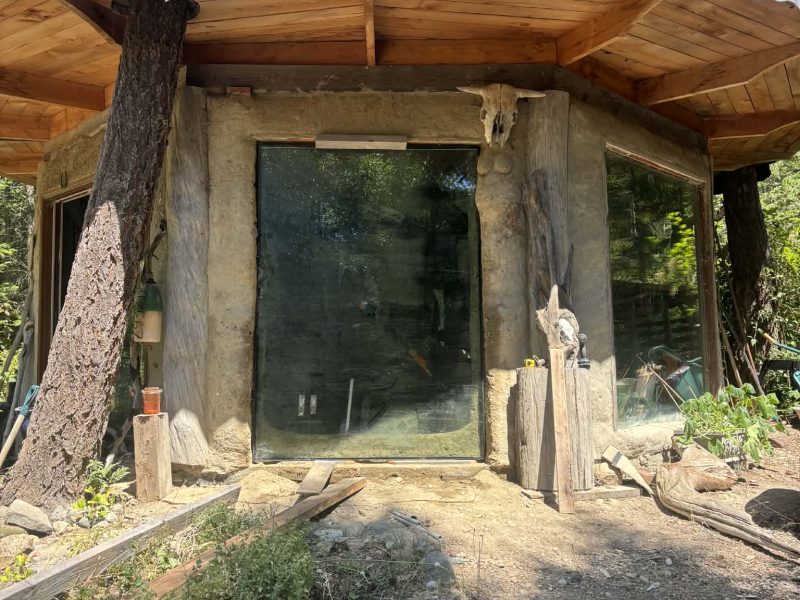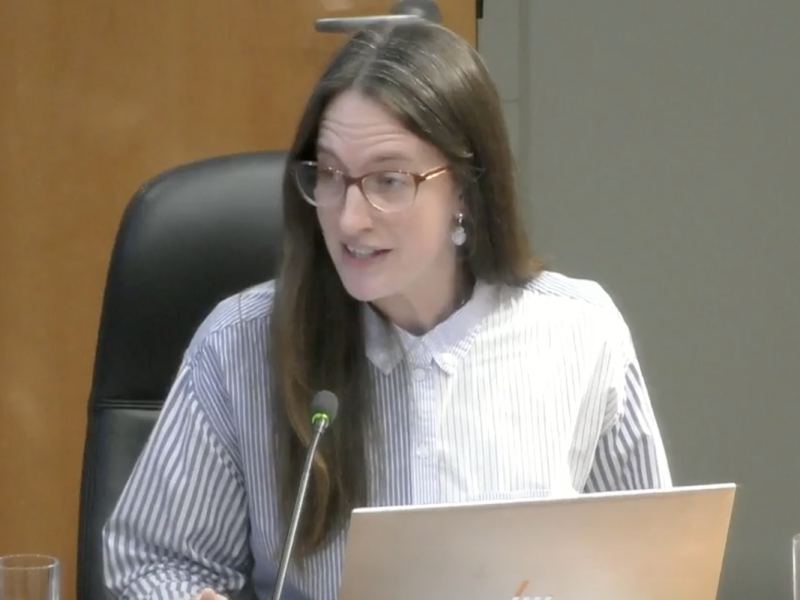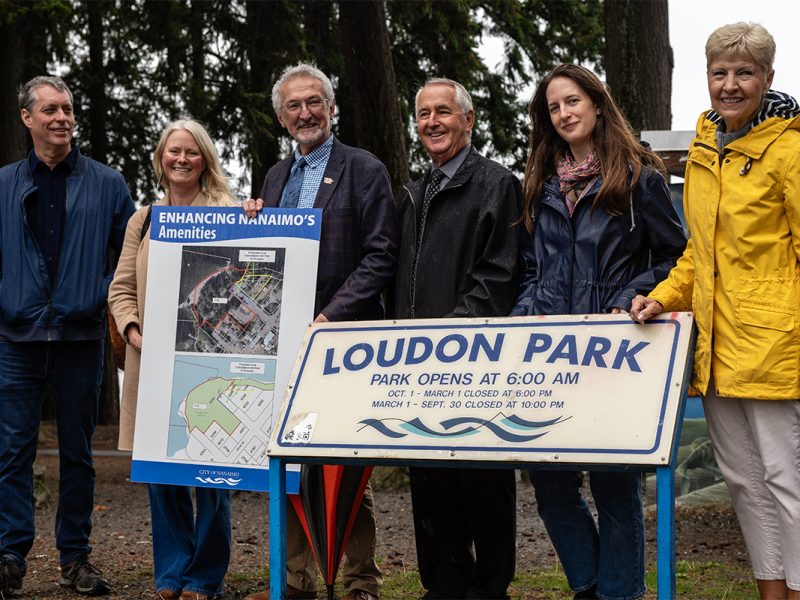
Ophélie Kacoutié became familiar with the language of braids from a very young age.
“Back in Africa, they will do different hairstyles to each other depending on the tribe, so someone will look at your hairstyle and they will know where you’re from,” says Ophélie, who was born on the Ivory Coast in Africa.
She learned to braid by spending hours at the salon with her mother, watching the stylists work.
When Ophélie moved to Nanaimo in 2021, she couldn’t find any Black hair stylists. “I noticed that the Island doesn’t have much diversity. So I was wondering, how do people get their hair done here? I went to the [Facebook] Marketplace and Instagram to look and I couldn’t find anything.”
“And so I posted on Facebook Marketplace that I know how to braid and I was surprised by the response of the community,” she says. “A lot of people messaged me about getting their hair done as they could not find a braid technician in Nanaimo.”
More than a service, Ophélie’s business Braids Nanaimo — or BraidsArt_byO on social media — is her way of meeting people and making friends.
“It’s been a great way to get to know my community here. You basically get to know someone for eight hours,” says Ophélie, who says the braiding process can take anywhere from a few hours to more than eight.
“I’ve met a few people that actually became my friends through braiding. That is how I connect and build my community.”


The art of braiding dates back thousands of years and the style of braids could signify which tribe one belonged to, social or marital status.
Although braids no longer communicate these intricacies in North America, the hairstyles do symbolize strength and connection to African heritage, she says.
Black people who wear braids face discrimination that continues to this day — forcing U.S. lawmakers to make race-based hair style discrimination illegal. But people are increasingly embracing their cultural roots, Ophélie explains.
“Back in the day, you could get discriminated based on your hairstyle at work. Don’t get me wrong, when I moved here, I was nervous about having my natural hair at work. With time, I learned that my hair is my identity . So now. I’m not nervous or scared to wear it the way I want. Plus I work with an amazing team who like to see me embracing my roots,” she says.
Ophélie attributes the shift back toward embracing braids in recent years to social media and celebrity hairstyles.
When Ophélie moved to Canada with her family when she was 16, she would braid for friends and family.
After relocating to Nanaimo from Calgary to pursue a job opportunity in civil engineering, she was surprised by the invisibility of Black people and other ethnicities here.
“At first, I did not notice the lack of diversity. However, when I started looking for food and hair products for my type of hair, I noticed there were not many businesses for my community. I am still trying to find my way around it but I wished I didn’t have to,” she says.


When she first started posting her braiding services, Ophélie had mainly white people booking braids, but now has a diverse clientele.
All human hair is fundamentally the same, and anyone with hair can get braids. White people who choose to wear Black hairstyles just to follow a trend, however, can be considered by some to be appropriating Black culture. “Rarely do those appropriating understand the history behind the hairstyles they co-opt or respect the people who created them,” writes Anti-Racism Daily.
For people with Afro-textured hair, braids have not only become a way to express self-love, functionally, they’re also considered a “protective” hairstyle that helps retain moisture.
Ophélie originally started braiding at a barbershop, but found that offering the service in her home on weekends made for a more relaxed atmosphere.

For a simple cornrow, the process usually takes two hours. When I meet Ophélie at her home studio on Feb. 20, she is doing a goddess braid on her client, where she adds real curly human hair in with the braids. It’s a look popularized by celebrities like Zoë Kravitz.
This style is a more feminine version of traditional box braids — where unlike cornrows, each individual braid hangs free from the scalp so it can be styled in many ways — and is sometimes referred to as a boho box braid.
“For my client , she wanted medium size braids so I am doing eight rows for the section.A style like this would take about seven to eight hours. Some clients want the braids to be bit bigger, in that case , it might take four to six hours. Time varies depending on what the client wants.,” explains Ophélie.


The art of braiding is a passion for Ophélie, and it’s one she enjoys sharing with clients on weekends. She is also hoping to find other avenues to share and connect people with her culture in the community.
“I think it would be nice to have more activities for the community to connect and for our kids to learn about the culture,” she says. She plans on writing a proposal to the RISEBRIDGE, a local community outreach organization that supports Black and Indigenous residents with enrichment activities and resources.
The organization recently hosted a workshop titled Beyond the Braids where braiders representing Belize, Nigeria, Ivory Coast shared techniques and resources.
It may seem as simple as bringing together three strands of hair, but braiding for Ophélie is about connecting with the community here in Nanaimo. “It’s making my dreams come true.”



